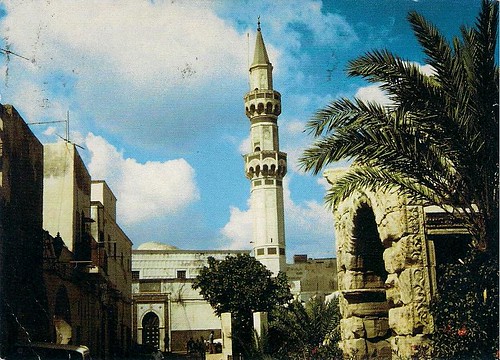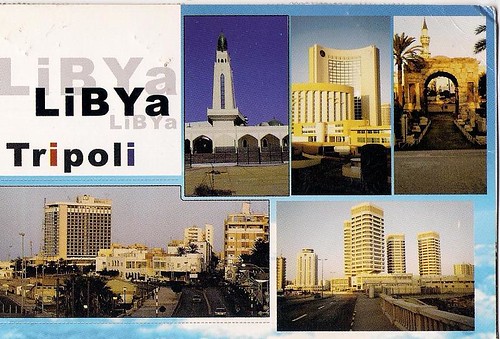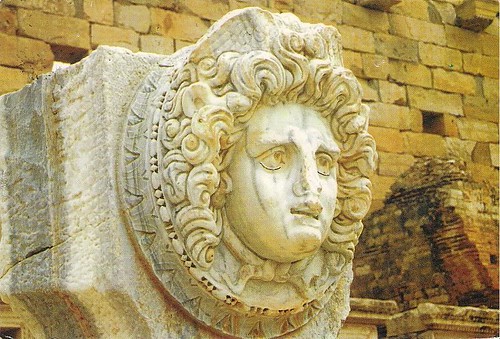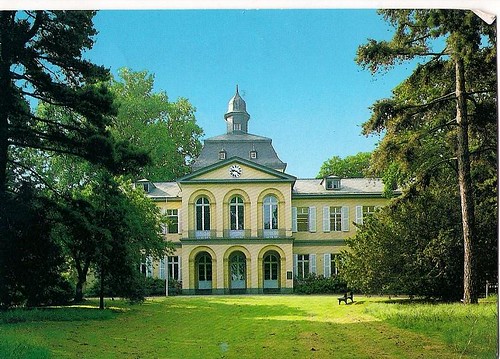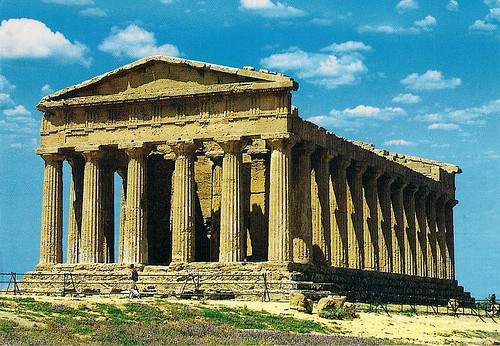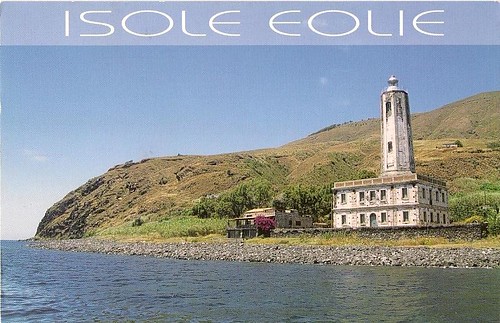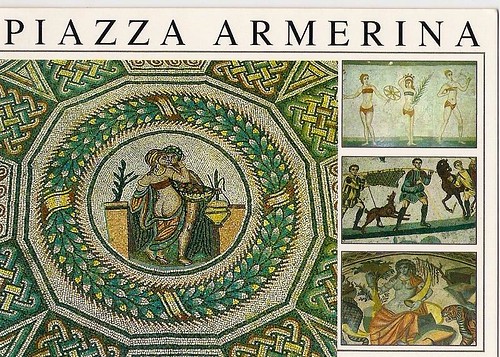Monday, November 9, 2009
Leptis Magna, Libya
Leptis Magna, also known as Lectis Magna, also called Lpqy or Neapolis, was a prominent city of the Roman Empire. Its ruins are located in Al Khums, Libya, 130 km east of Tripoli, on the coast where the Wadi Lebda meets the sea. The site is one of the most spectacular and unspoiled Roman ruins in the Mediterranean.
The city appears to have been founded by Phoenician colonists sometime around 1100 BC, although it did not achieve prominence until Carthage became a major power in the Mediterranean Sea in the 4th century BC. It nominally remained part of Carthage's dominions until the end of the Third Punic War in 146 BC and then became part of the Roman Republic, although from about 200 BC onward, it was for all intents and purposes an independent city.
Al Jabal al Akhdar District, Libya
Al Jabal al Akhdar is one of the districts of Libya. It lies in the north-east of the country. Its capital is Al Bayda.
In its territory, close to the city of Shahhat, can be found the remains of the old Greek colony of Cyrene, and the neighbouring city of Apollonia, a major port in the Mediterranean Sea in Antiquity.
Fashion Design School, Dusseldorf, Germany
Düsseldorf is the capital city of the German state of North Rhine-Westphalia. It is the second most international and economically important centre of Germany, after Frankfurt, and is located in the center of the Rhein-Ruhr area, one of Europe's most populated metropolitan areas. The city is situated on the River Rhine, and is renowned for its many events and also for its fashion and trade fairs. Every July more than 4.5 million people visit the Größte Kirmes am Rhein funfair in Dusseldorf.
Read more...Agrigento, Italy
Agrigento, is a city on the southern coast of Sicily, Italy, and capital of the province of Agrigento. It is renowned as the site of the ancient Greek city of Akragas, one of the leading cities of Magna Graecia during the golden age of Ancient Greece.
Agrigento was founded on a plateau overlooking the sea, with two nearby rivers, the Hypsas and the Akragas, and a ridge to the north offering a degree of natural fortification. Its establishment took place around 582-580 BCE and is attributed to Greek colonists from Gela, who named it Akragas. The meaning of the word is unclear, though the stock commonplace referred to an eponymous legendary founder, an Akragante, apparently no more than a retrospective etiological myth for an obscure name.
Isole Eolie(Aeolian Islands), Italy
The Aeolian Islands or Lipari Islands are a volcanic archipelago in the Tyrrhenian Sea north of Sicily, named after the demigod of the winds Aeolus. The locals residing on the islands are known as Eolians. The Aeolian Islands are a popular tourist destination in the summer, and attract up to 200,000 visitors annually.
The largest island is Lipari. The other islands include Vulcano, Salina, Stromboli, Filicudi, Alicudi, Panarea and Basiluzzo.
Villa Romana del Casale, Italy
Villa Romana del Casale is a Roman villa built in the first quarter of the 4th century and located about 5 km outside the town of Piazza Armerina, Sicily, southern Italy. Containing the richest, largest and most complex collection of Roman mosaics in the world, it is one of 44 UNESCO World Heritage Sites in Italy.
The Villa was constructed (on the remains of an older villa) in the first quarter of the 4th century AD, probably as the center of a huge latifundium (agricultural estate) covering the surrounding area. How long the villa kept this role is not known, maybe for less that 150 years. The complex remained inhabited and a village grew around it, named Platia (derived from the word palatium (palace). The villa was damaged and perhaps destroyed during the domination of the Vandals and the Visigoths. The outbuildings remained in use, at least in part, during the Byzantine and Arab periods. The site was abandoned in the 12th century AD when a landslide covered the villa. Survivors moved to the current location of Piazza Armerina.


